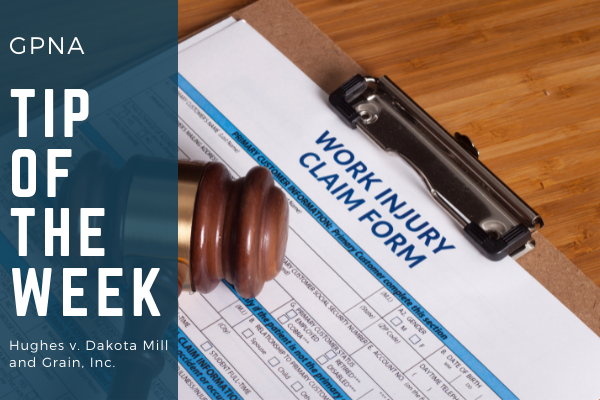The correct standard when determining whether an injury arose out of employment is whether the workers’ compensation claimant’s work activities contributed to their injury, not whether they caused their injury. Also, if the claimant’s injury combines with a preexisting condition to cause or prolong a disability, to be compensable, they must only prove their work activities are a major contributing cause, not the major contributing cause.
An injury for is only compensable if it is an “injury arising out of and in the course of the employment.” SDCL 62-1-1(7). The claimant must establish both elements. For an injury to arise out of the employment, the employee must show that there is a causal connection between the injury and the employment. An injury arose out of the employment if: (1) the employment contributes to causing the injury; (2) the activity is one in which the employee might reasonably engage; or (3) the activity brings about the disability upon which compensation is based. In the course of employment refers to the time, place and circumstances of the injury. An employee is considered within their course of employment if they are doing something either naturally or incidentally related to their employment or which they are either expressly or impliedly authorized to do by the contract or nature of the employment. The South Dakota Supreme Court’s opinion noted that the Department of Labor erroneously concluded that the claimant failed to prove that the claimant’s work activities caused the injury, not that they contributed to the injury.
SDCL 62-1-1(7)(b) states, “if the injury combines with a preexisting disease or condition to cause or prolong disability, impairment, or need for treatment, the condition complained of is compensable if the employment or employment related injury is and remains a major contributing cause of the disability, impairment, or need for treatment.” “A major contributing cause” does not require that claimants prove (1) that their work activities are at least 50% attributable to their condition, (2) that there was a single cause of injury, (3) or that their employment was the proximate, direct, or sole cause of the injury. The South Dakota Supreme Court’s opinion posited that the Department incorrectly defined “a major contributing cause” as a “cause which cannot be exceeded.”
This GPNA tip of the week is brought to you by Hughes v. Dakota Mill and Grain, Inc., 2021 S.D. 31, 959 N.W.2d 903. The opinion was released by the South Dakota Supreme Court on May 12, 2021, and affirmed the circuit court’s decision to reverse the Department of Labor’s conclusion that a workers’ compensation claimant was not entitled to recover for his injury.

